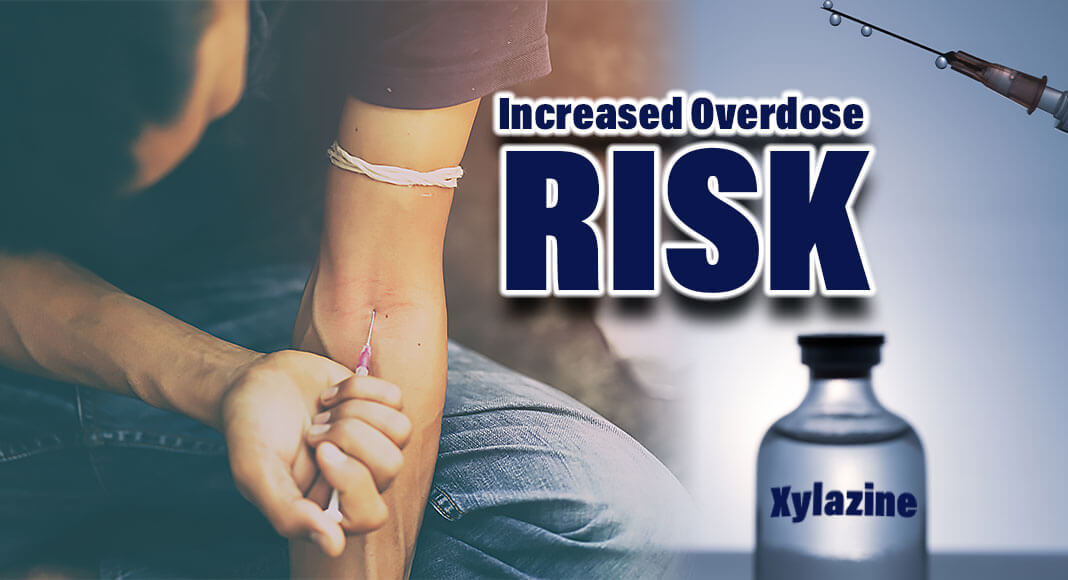
Mega Doctor News
Summary
The Texas Department of State Health Services (DSHS) is advising health care providers of emerging xylazine-laced drug overdoses in the United States, including Texas. Xylazine is being used to adulterate or “cut” recreational drugs, common opioids (fentanyl, heroin), and benzodiazepines, to extend the duration of the drug’s effects or increase its street value.
Law enforcement has identified xylazine in the unregulated fentanyl supply in West Texas. It has also informed DSHS of at least four deaths resulting from the combined drug toxicity of xylazine along with at least one other illicit substance (e.g., opioids, cocaine, and methamphetamine).
Background
Xylazine is a long-acting, non-opioid, veterinary tranquilizer. As a central nervous system depressant, xylazine produces a deeply sedative effect, which can increase the risk of overdose. Because xylazine is not an opioid, naloxone (Narcan) does not work to reverse its effects. The U.S. Food and Drug Administration (FDA) has not approved the use of xylazine in humans.
According to the FDA, xylazine-containing products may go by the street names “tranq”, “tranq dope”, “sleep-cut”, “Philly dope” and “zombie drug,” but often users do not know xylazine has been added.1
Adverse Health Effects
Common Symptoms
- Unresponsiveness and decreased consciousness
- Low blood pressure (hypotension)
- Slow heart rate (bradycardia)
- Reduced or slow breathing
Xylazine may complicate overdose response due to its sedative effects, which can cause people to become over sedated and unresponsive for long periods of time. This may lead to people sustaining serious injuries such as falls, hypothermia or heat-related emergencies if using outside; and damage to muscles, nerves, and kidneys because of restricted blood flow for an extended time.2 When xylazine is used in combination with fentanyl, patients may exhibit blue/greyish skin, slow breathing and slow heart rate.
Chronic xylazine use by injection has been associated with severe, necrotic skin ulcers and abscesses that are distinctly different from other types of soft-tissue infections associated with intravenous drug use.2These ulcerations can develop away from an injection site on other parts of the body and around other cuts. Repeated exposures to xylazine may also result in dependence and withdrawal, which include symptoms such as agitation or severe anxiety.
Recommendations
Even though xylazine is not responsive to naloxone, it is often mixed with opioids, therefore, suspected overdoses should still be treated with naloxone. If the patient is not responding as expected after naloxone is administered, health care providers should consider potential xylazine exposure. In these situations, health care providers should provide supportive measures and consider screening for xylazine using appropriate tests. Chronic xylazine exposure should be considered as part of the differential diagnosis for patients with severe, necrotic skin ulcerations.1
Overdose Reporting
Opioids are classified as a Penalty Group 1 (PG-1) drug in Texas, and state law (Texas Health and Safety Code §161.042) requires health care providers or any person treating a PG-1 drug overdose to report the overdose to DSHS immediately.
Cases of controlled substances overdoses may be reported to DSHS at https://odreport.dshs.texas.gov/.
Information Source: Texas Health and Human Services









